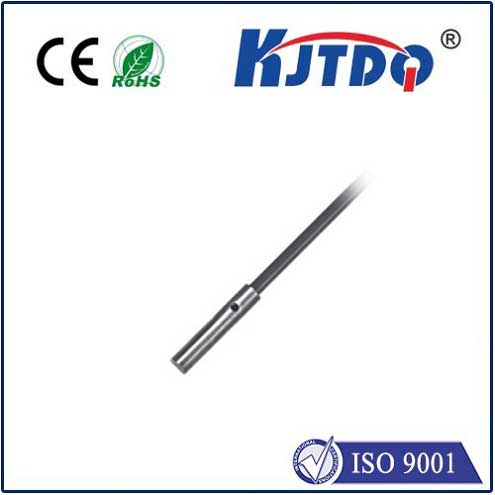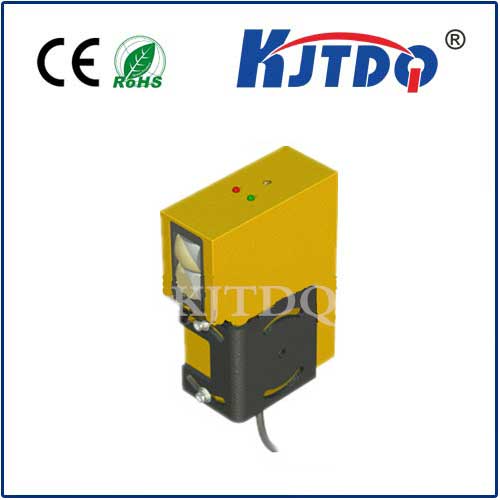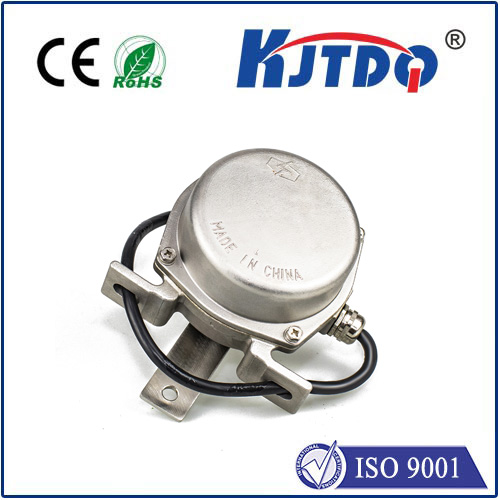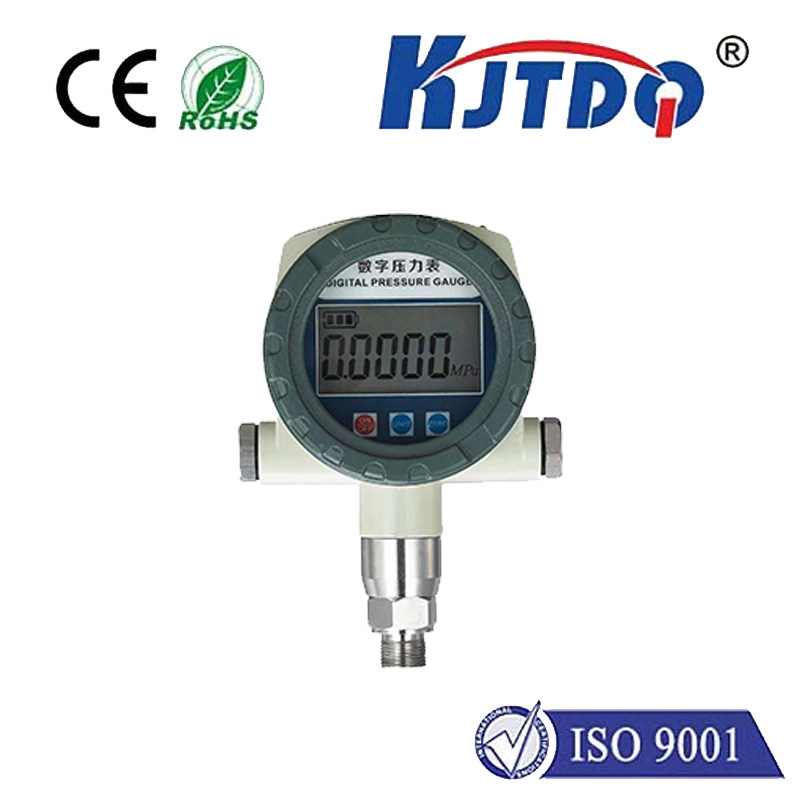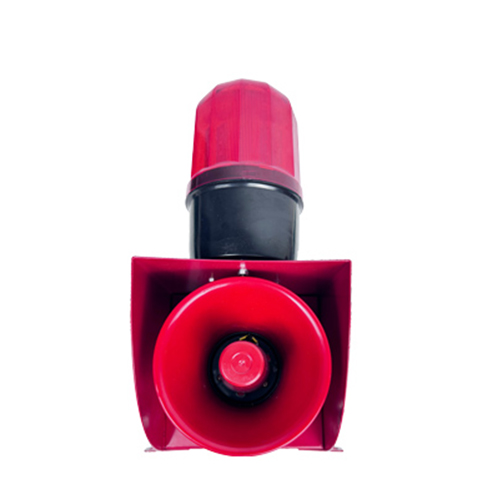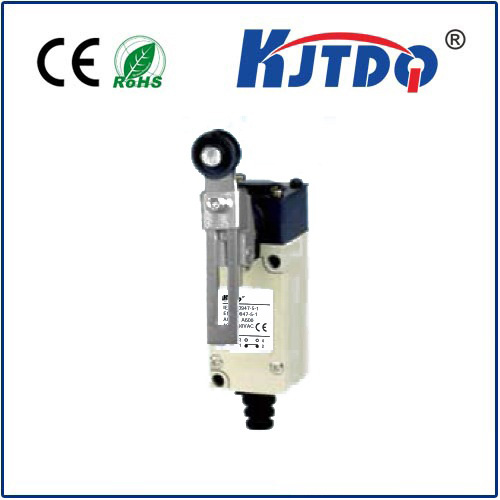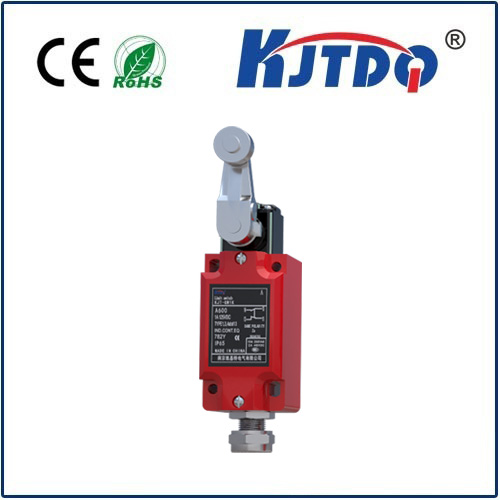

check

check

check

check

check

check

check

check

check

check
In today's world, technology has become an integral part of our daily lives. From smartphones to smart homes, we rely on devices that are designed to make our lives easier and more efficient. However, as these devices become increasingly complex, they can also become more difficult to use. This is where sensor proximity comes in. By using symbolic sensors, we can create a more intuitive and user-friendly experience for users, making it easier for them to interact with their devices and ultimately improving their quality of life.
Symbol sensors are essentially small electronic devices that are designed to detect and interpret physical objects or movements. These sensors can be used in a variety of different applications, including home automation, industrial automation, and even healthcare. By incorporating symbolic sensors into our devices, we can create a more natural and intuitive way for users to interact with technology.
One example of how symbolic sensors can be used is in the context of home automation. For instance, imagine a smart home system that can automatically adjust the temperature based on the weather outside. With symbolic sensors, this system could detect changes in the temperature outside and then adjust the temperature inside the home accordingly. This would not only save users money on their energy bills but would also make their homes more comfortable and convenient.
Another example of how symbolic sensors can be used is in the context of industrial automation. For instance, imagine a factory that uses robotic arms to assemble products. With symbolic sensors, these robots could detect when a product is being assembled correctly and then automatically adjust their actions accordingly. This would not only increase productivity but would also reduce the risk of errors and accidents in the manufacturing process.
Ultimately, by using symbolic sensors, we can create a more intuitive and user-friendly experience for users. This will not only improve their quality of life but will also make it easier for them to interact with their devices and ultimately lead to a more connected and efficient society.
